Name Pierre Salinger | Spouse Rachel Wilson Young | |
 | ||
President John F. KennedyLyndon B. Johnson Books America Held Hostage: The Secret Negotiations Similar People John F Kennedy, Eric Laurent, Robert F Kennedy, Ted Kennedy, Joseph P Kennedy - Jr | ||
August 7 1963 press secretary pierre salinger announces the birth of patrick bouvier kennedy
Pierre Emil George Salinger (June 14, 1925 – October 16, 2004) was an American politician, author and journalist. He served as the White House Press Secretary to U.S. Presidents John F. Kennedy and Lyndon B. Johnson. Salinger served as a United States Senator in 1964 and was campaign manager for the 1968 Robert F. Kennedy presidential campaign.
Contents
- August 7 1963 press secretary pierre salinger announces the birth of patrick bouvier kennedy
- August 9 1963 press secretary pierre salinger announces the death of patrick bouvier kennedy
- Early life
- Kennedy years
- Senate run
- Batman appearance
- Bobby Kennedy race
- Journalism for ABC
- Later life
- References
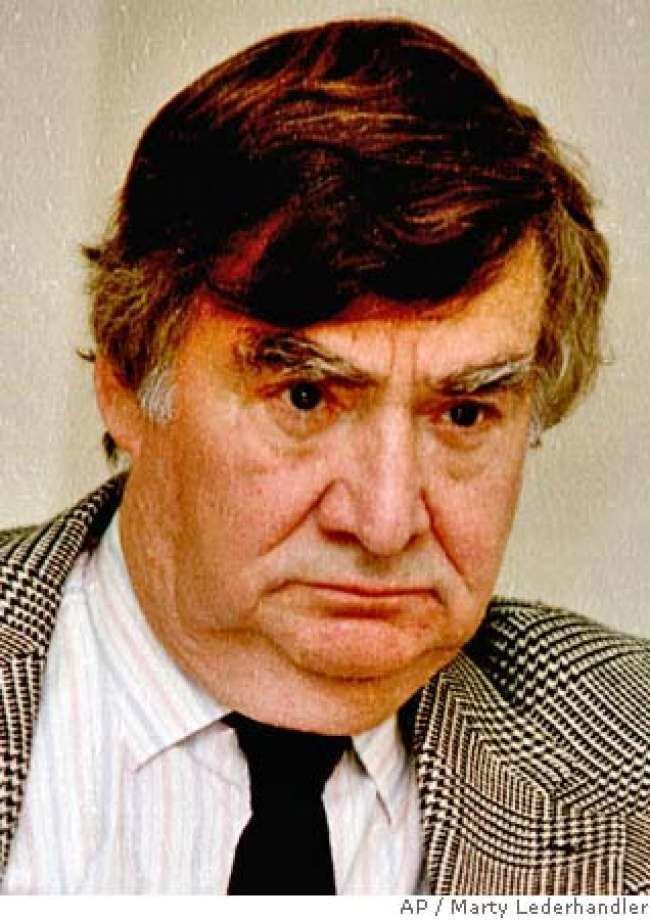
He later became known for his work as an ABC News correspondent, and in particular for his coverage of the American hostage crisis in Iran, the bombing of Pan Am Flight 103 over Lockerbie, Scotland, and his claims as to the cause of the explosion of TWA flight 800.
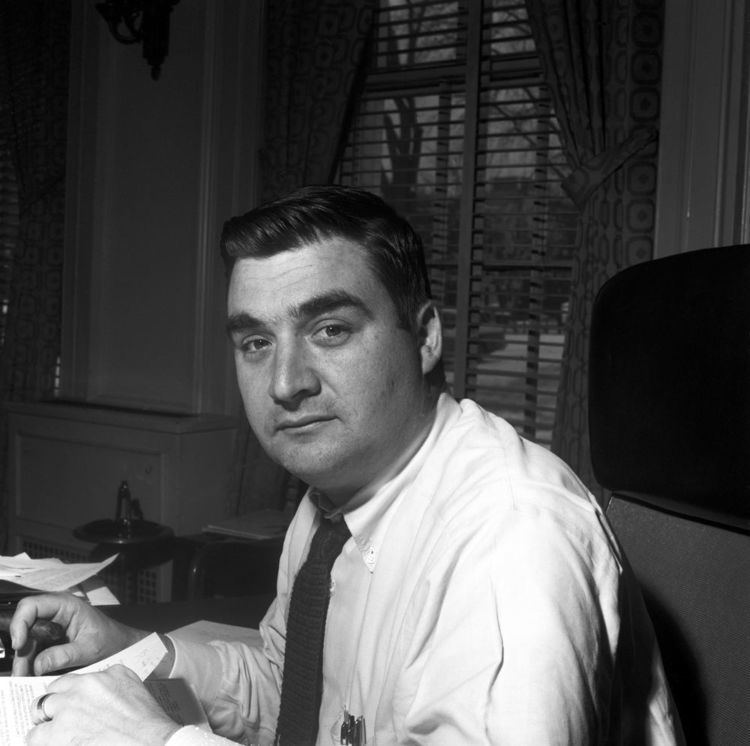
August 9 1963 press secretary pierre salinger announces the death of patrick bouvier kennedy
Early life
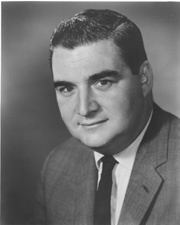
Salinger was born in San Francisco, California. His father, Herbert Salinger, was a New York City-born mining engineer, and his mother, Jehanne (née Biétry), was a French-born journalist. Salinger's mother was Catholic and his father was Jewish.
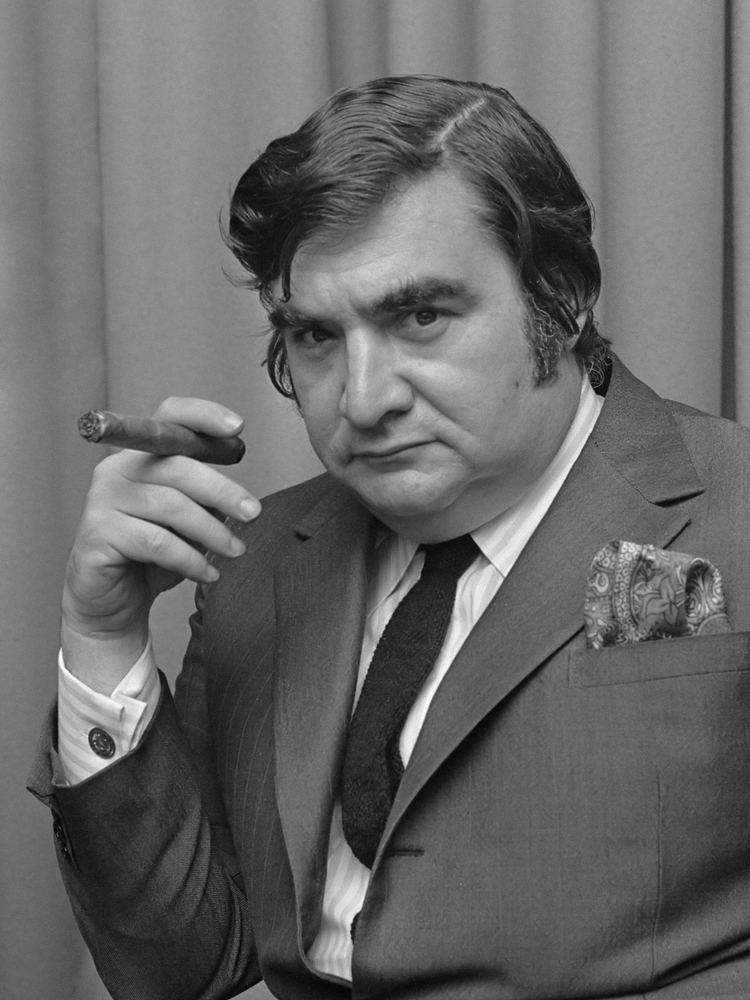
His maternal grandfather was Pierre Biétry, a member of the French National Assembly, who became known for his "vigorous" defense of Capt. Alfred Dreyfus, who was wrongly convicted of treason in 1894. His defense of Dreyfus was so impassioned at times during the trial that the Assembly had to be shut down for the day and his grandfather forcibly removed. After the evidence and court found Dreyfus innocent and he was released from life-imprisonment on Devil's Island, Dreyfus became a symbol of injustice and right-wing repression. Bietry died in Indochina at the age of thirty-nine.
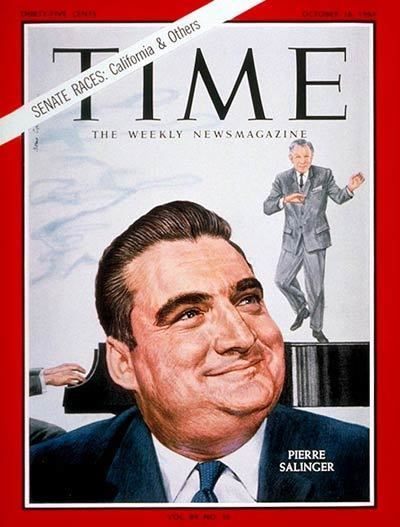
Salinger was considered a child prodigy in music who played on a grand piano even before he learned to read. When they discovered his innate talent at the piano, after they had moved to Canada, his parents enrolled him in the Toronto Conservatory of Music, where he was groomed to become a concert pianist. He recalls: "Each weekday, a tutor came to the house for three hours of academic instruction, and when she left, I was "free" to practice the piano for four or five hours."
He gave his first public concert when he was six, and was considered a concert pianist. He continued studying piano after they returned to San Francisco where by that time he was able play scores by Bach, Debussy, Beethoven and George Gershwin, whom he once met.
But when he was twelve, his mother told him that his full-time piano studies was isolating him from society. She suggested he spend a year away from piano to engage in other social activities, including sports. He did, but never returned to his original goal of becoming a pianist, and instead now wanted to become a writer or journalist.
His talent and love of music nonetheless carried into his career as press secretary when, at the behest of first lady Jacqueline Kennedy, he would invite musicians such as Pablo Casals and Igor Stravinsky to the White House. President Lyndon B. Johnson once had Salinger perform on the piano to 600 of his guests. "If Jackie Kennedy was the one who thought maybe America was ready for a higher culture, her ally in it or her agent was Pierre," said Richard Reeves, author of President Kennedy: Profile of Power (1993).
Salinger attended public magnet Lowell High School in San Francico. At sixteen, he later went to San Francisco State University (then College) from 1941 to 1943, during which time he became managing editor and columnist for the student newspaper.
He left SF State to enlist in the United States Navy in July 1943, where he became skipper of a submarine chaser off Okinawa in World War II. He distinguished himself during Typhoon "Louise" in Okinawa by making a daring rescue of some men stranded on a reef. For this act he received the Navy and Marine Corps medal. After serving with the United States Navy to Lieutenant, junior grade during World War II, Salinger finished his studies at the University of San Francisco, earning a BS in 1947. Salinger then began his journalism career as a reporter for the San Francisco Chronicle and as a contributing Editor to Collier's in the 1940s and 1950s.
Kennedy years
After Salinger researched and wrote a number of articles in 1956 about labor union leader James Hoffa, Robert F. Kennedy hired him to be legal counsel for the Senate Select Committee investigating organized crime. Later, Kennedy wanted him to be press secretary to his brother John F. Kennedy, who was then a member of the Senate.
Salinger worked on Kennedy's presidential campaign in 1960, and became one of the leading figures in the campaign. He was at times described as being part of Kennedy's Kitchen Cabinet of unofficial advisers. In 1961, after JFK became President, he hired Salinger as his press secretary. When Kennedy became the first president to allow live television broadcasts of his news conferences, Salinger was said to have managed the press corps with "wit, enthusiasm and considerable disdain for detail," which made him a "celebrity in his own right."
He accompanied Kennedy to conferences with other world leaders, including the 1961 meeting with Soviet Premier Nikita Khrushchev in Vienna. When an aid to Khrushchev invited Salinger to Moscow, the president assented to his going. Kennedy, however, had to explain to the press corp why he was sending a young and inexperienced Salinger to the Soviet Union.
In May 1962, Salinger went to Moscow alone to meet with the press, and after he landed, he was unexpectedly told he had been invited to spend time with Khrushchev at his dacha, outside the city. There, they shared meals and took long hikes along country roads, as they discussed politics and world events, such as the Berlin crisis. Salinger described in his Memoir and during an interview the 16 hours, over two days, spent with Khrushchev. After their first day together, Khrushchev said, "I have had such a good time today, I think I will do it again tomorrow."
In October 1962, Salinger briefed the press about what had been learned about Soviet missiles being stationed in Cuba. He later said that Kennedy's actions during that crisis were among the most incredible things a president had ever done in the 20th century and noted how close the countries were to nuclear war.
At the time of the Kennedy assassination in November of 1963, Salinger was on a plane flying to Tokyo with six Cabinet members, including Secretary of State Dean Rusk. Salinger's visit was to have been for an economic conference and to start working on a visit Kennedy was going to take in February 1964 as the first American president to visit Japan since World War II. Salinger was retained by President Lyndon Johnson as Press Secretary, and Johnson later said during a speech, "I don't have to tell you that Mr. Salinger was John F. Kennedy's press secretary... and I don't know what I would have done without him, night and day, over this past month." At one point in his career, Salinger briefly considered running for president, as he described in an interview about his Memoir in 1995.
Senate run
Following his service in the Kennedy and Johnson administrations, Salinger returned to California and ran for the Senate. He defeated California State Controller Alan Cranston in a contentious Democratic primary. Governor of California Pat Brown, who had supported Cranston, appointed Salinger a Democratic senator to fill the vacancy resulting from the July 30, 1964 death of retiring Senator Clair Engle; he took office on August 4, 1964. In his bid for a full six-year term in the 1964 election, he was defeated by former actor and vaudeville song and dance man George Murphy following a campaign in which Salinger's recent return to his native state became an issue, and his legal residency was being challenged in court. Salinger was hurt also by his adamant support, despite advice from his political managers, of legislation banning racial housing discrimination. Salinger's loss made California the sole Democrat-held seat to go Republican in what was otherwise a Democratic landslide.
Salinger resigned from the Senate on December 31, 1964, only three days before his term was to expire. Murphy, who was to take office on January 3, 1965, was appointed to fill the remaining two days of Salinger's term, giving Murphy a slight advantage in seniority in the Senate over other members elected in 1964 when seniority was more vital in Senate affairs than now.
Batman appearance
Salinger appeared in an episode of Batman in 1968. In the episode, Salinger portrays "Lucky Pierre," a lawyer who defends Catwoman and the Joker in a trial.
He wrote a book, With Kennedy, and became vice-president of Continental Airlines.
Bobby Kennedy race
Salinger was one of the managers of Bobby Kennedy's 1968 presidential campaign. After Bobby was assassinated in June of that year, Salinger was 10 to 12 feet (3.0 to 3.7 m) away from him. Salinger claimed that Jim McManus, who was also working on the campaign, said to him, "I've got to get the message to Los Angeles, under no circumstances should Bobby go through that (Ambassador Hotel) kitchen ... there's usually grease on the floor. He's going to fall or something."
Salinger was devastated by the assassination and moved to France as a correspondent for L'Express.
In 1968, he became director of Great America Management and Research Company (GRAMCO), a mutual investment fund in US real estate aimed at foreigners.
Journalism for ABC
In 1976, ABC Sports employed Salinger as a features commentator for the network's coverage of the Olympic Winter Games in Innsbruck, Austria, and in 1978, he was hired by ABC News as its Paris bureau chief. He became the network's chief European correspondent based in London in 1983, when Peter Jennings moved to New York to become sole anchor of ABC World News Tonight after the death of Frank Reynolds.
In 1981, he was bestowed with a George Polk award for his scoop that the US government was secretly negotiating to free the Americans held hostage by Iran.
Salinger provided commentary on the 1989 Tour de France for ABC Sports. In a November 1989 report for ABC's Prime Time Live, Salinger claimed that Iran had paid Syria and Ahmed Jibril, the head of the Popular Front for the Liberation of Palestine-General Command (PFLP-GC), to carry out the Pan Am 103 bombing.
After the August 1990 Iraq invasion of Kuwait, ABC started work on a special program about the invasion and sent Salinger to the Middle East, where he obtained a transcript in Arabic of a conversation between Saddam Hussein and the US Ambassador to Iraq, April Glaspie; the latter infamously told Saddam: "We have no opinion on your Arab-Arab conflicts," which was interpreted by some as giving Saddam the green light to invade Kuwait, which he did only days later.
Later life
After leaving ABC, Salinger moved back to Washington and became an executive with Burson-Marsteller, a public relations firm; he returned to France in 2000. Until the late 1980s, Salinger had been a popular television pundit in France and a frequent guest on French news and public affairs shows to explain or interpret American events for French viewers. Salinger even hosted a program for the cable network A&E in the early 1990s, Dining in France.
In November 2000, he became exasperated when he was denied permission to give exonerating evidence as part of his testimony before the Scottish Court in the Netherlands to try two Libyans for the downing, on December 21, 1988, of Pan Am 103 over Lockerbie, Scotland. Salinger stated that he knew who the real bombers were but was told by trial judge Ranald Sutherland, Lord Sutherland, "If you wish to make a point you may do so elsewhere, but I'm afraid you may not do so in this court."
He permanently moved to France after he had promised, "If Bush wins, I'm going to leave the country and spend the rest of my life in France."
On October 16, 2004, Salinger died of heart failure in a Cavaillon hospital near his home, La Bastide Rose, in Le Thor, France, at the age of 79. He is buried in the Arlington National Cemetery, across the Potomac River from Washington, DC.
